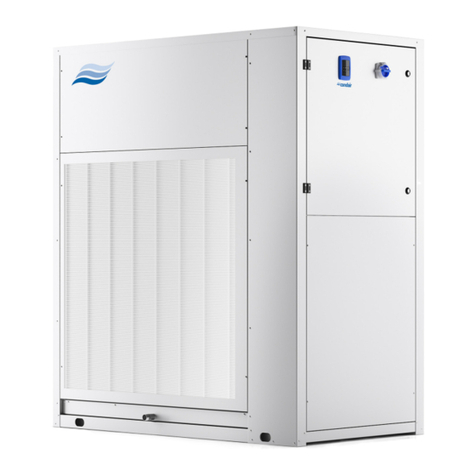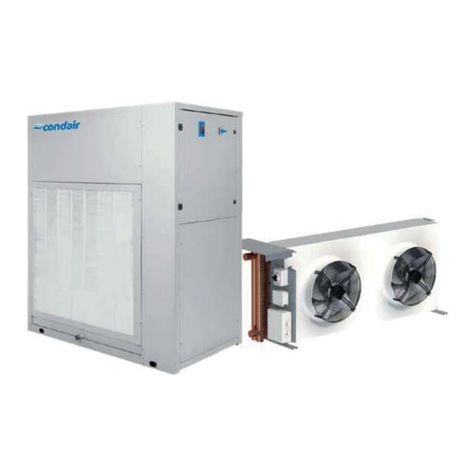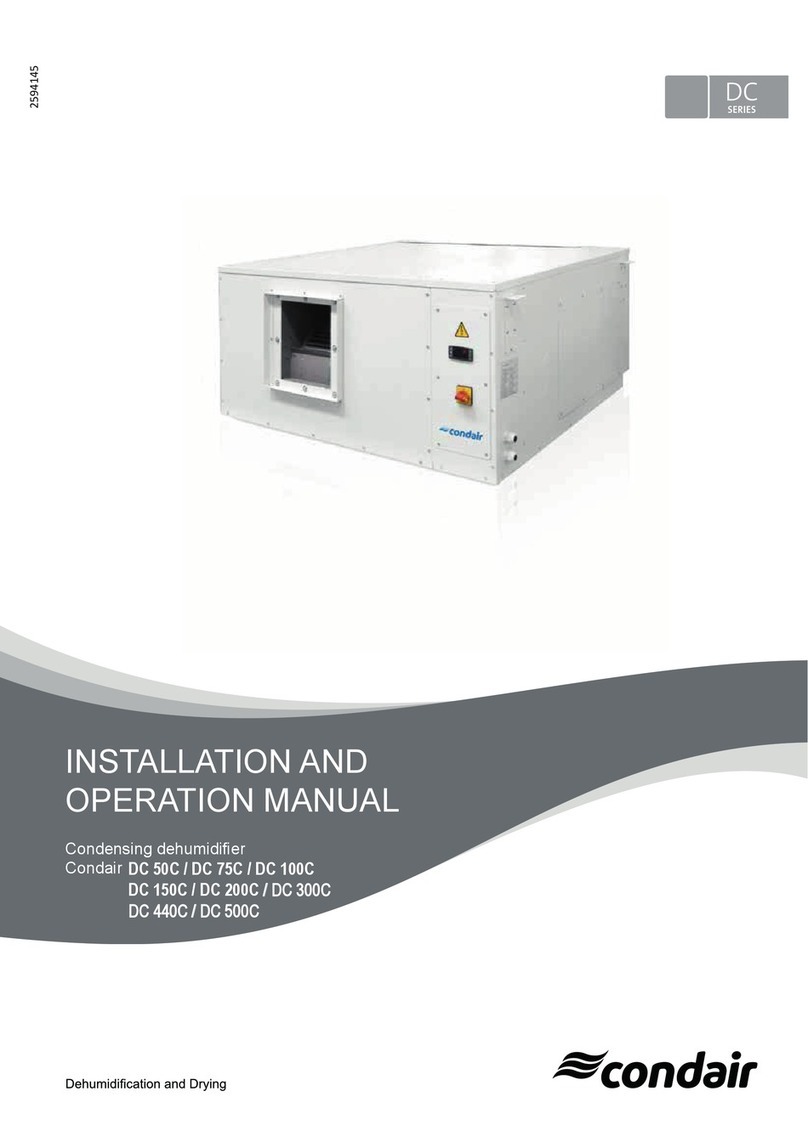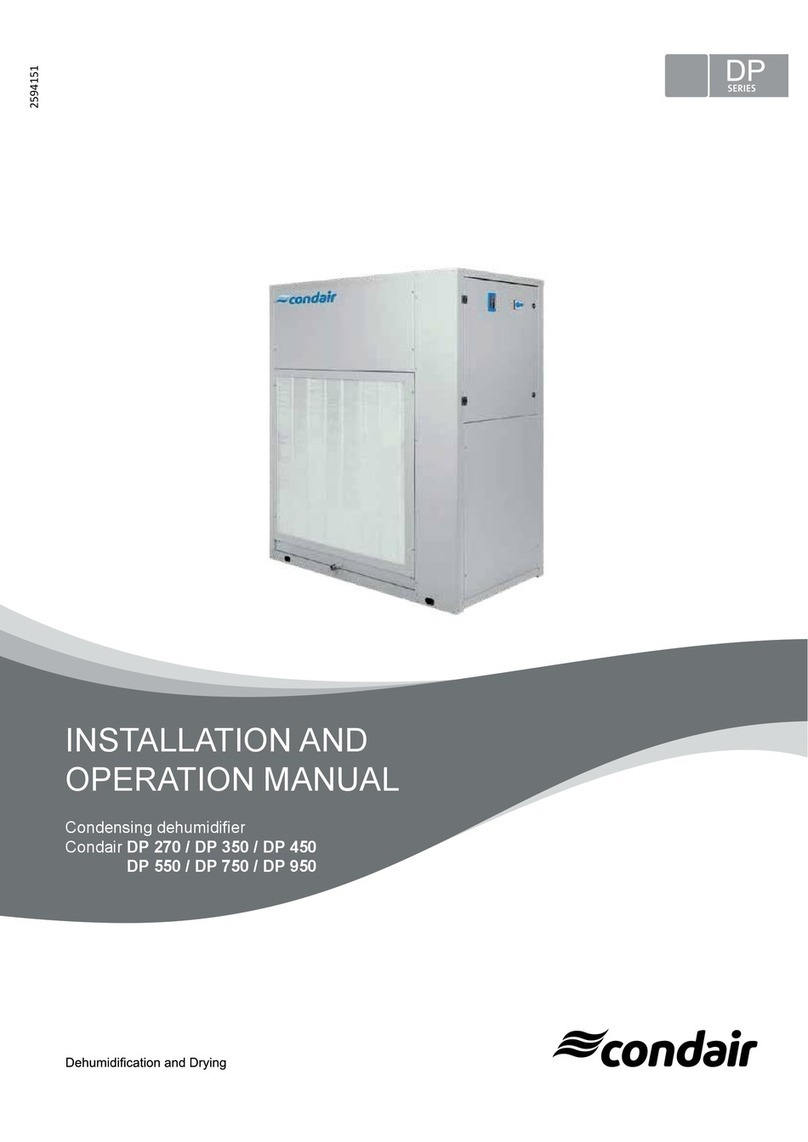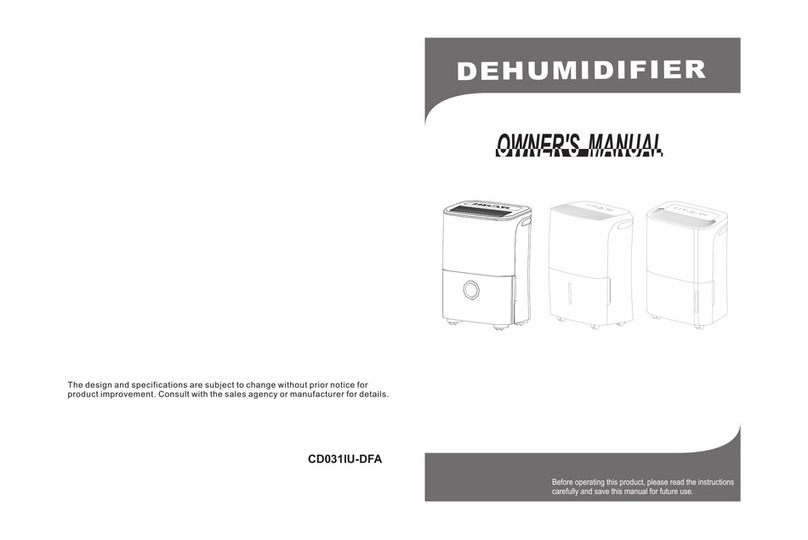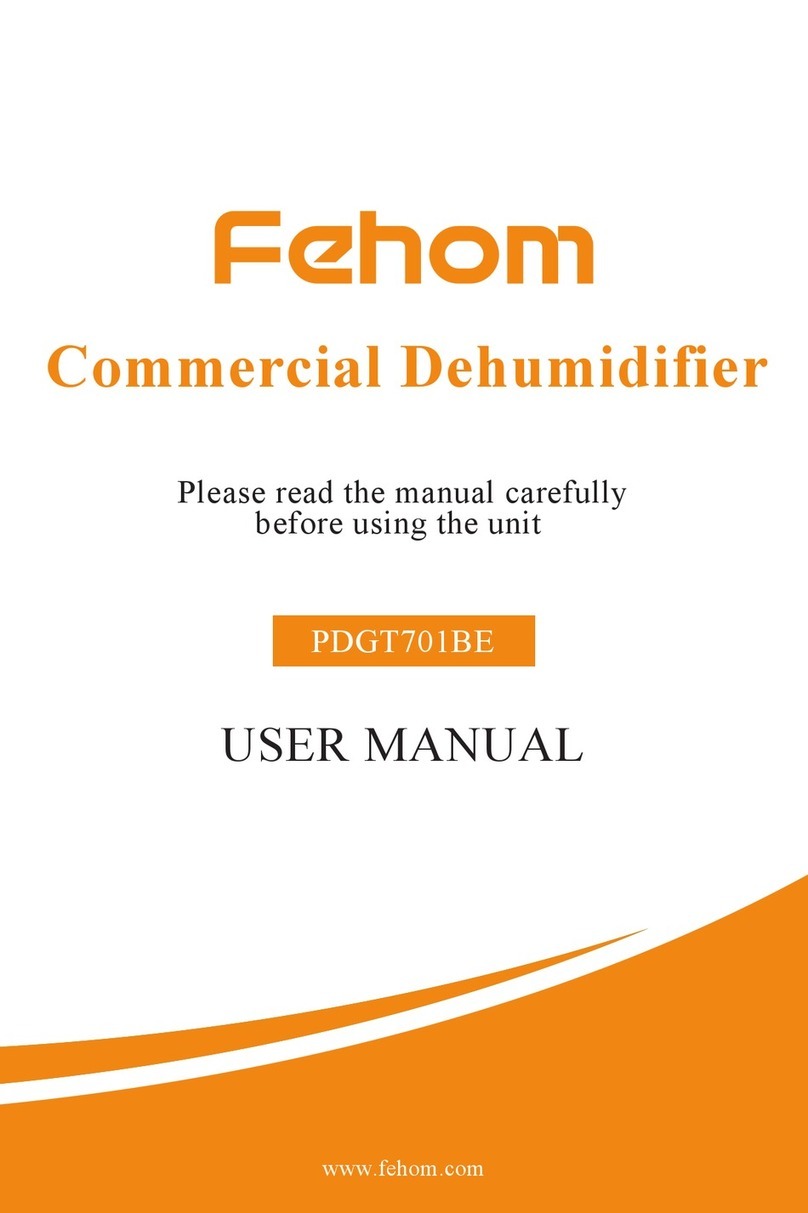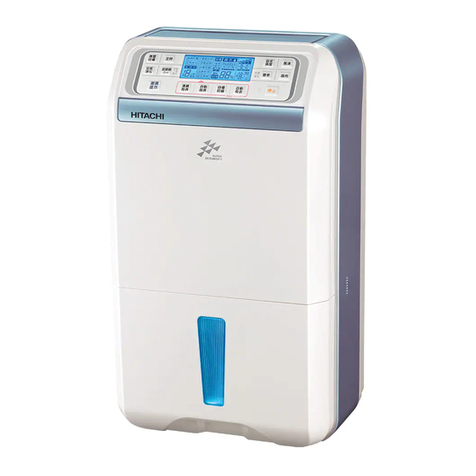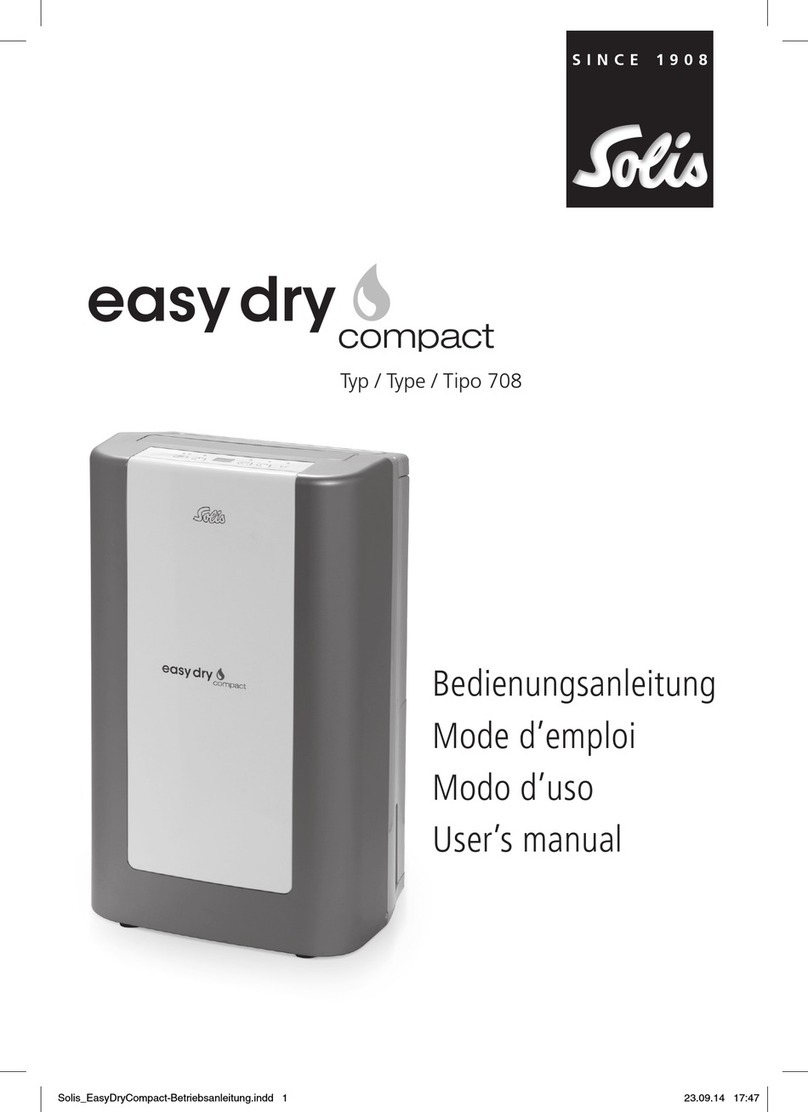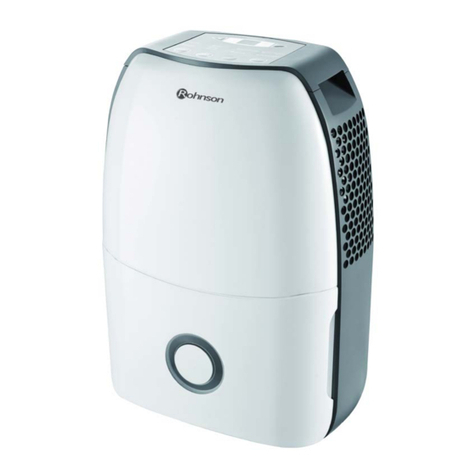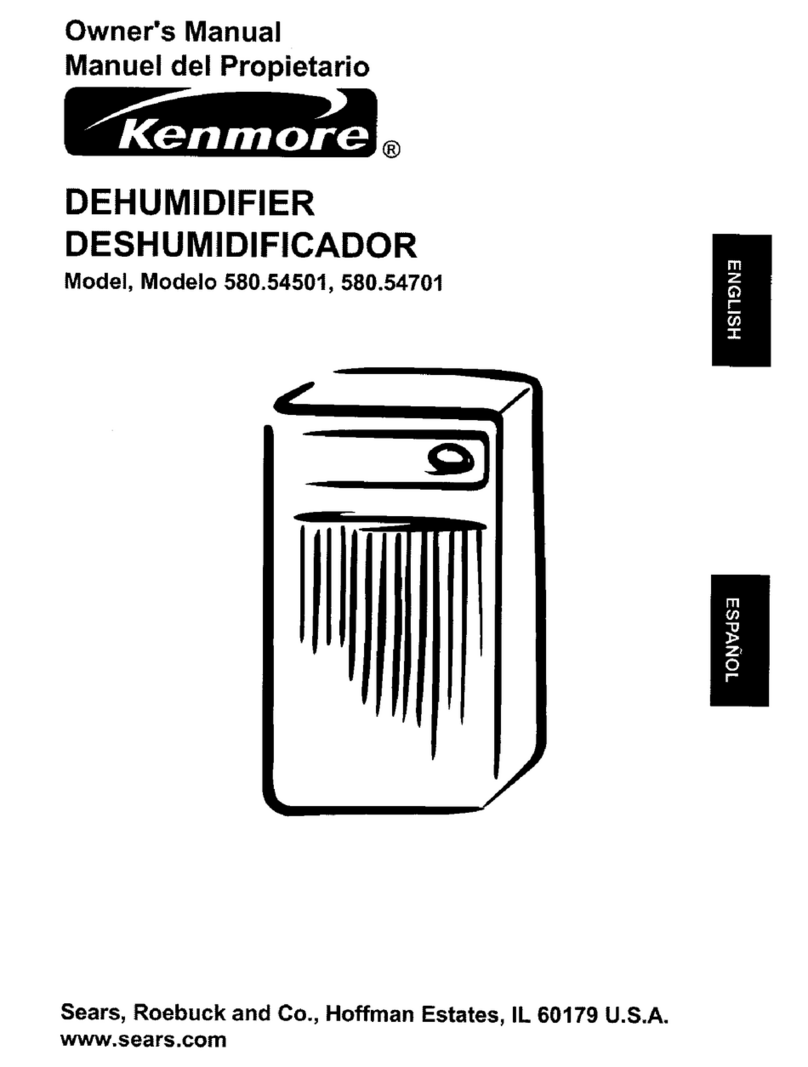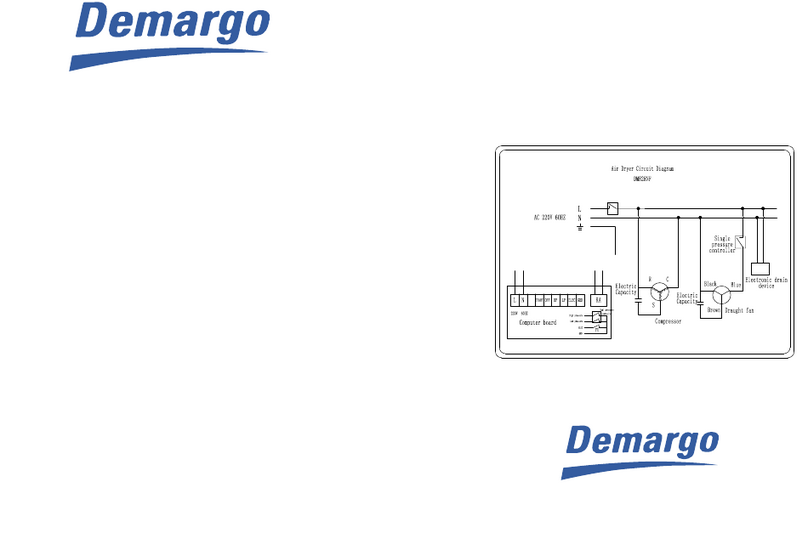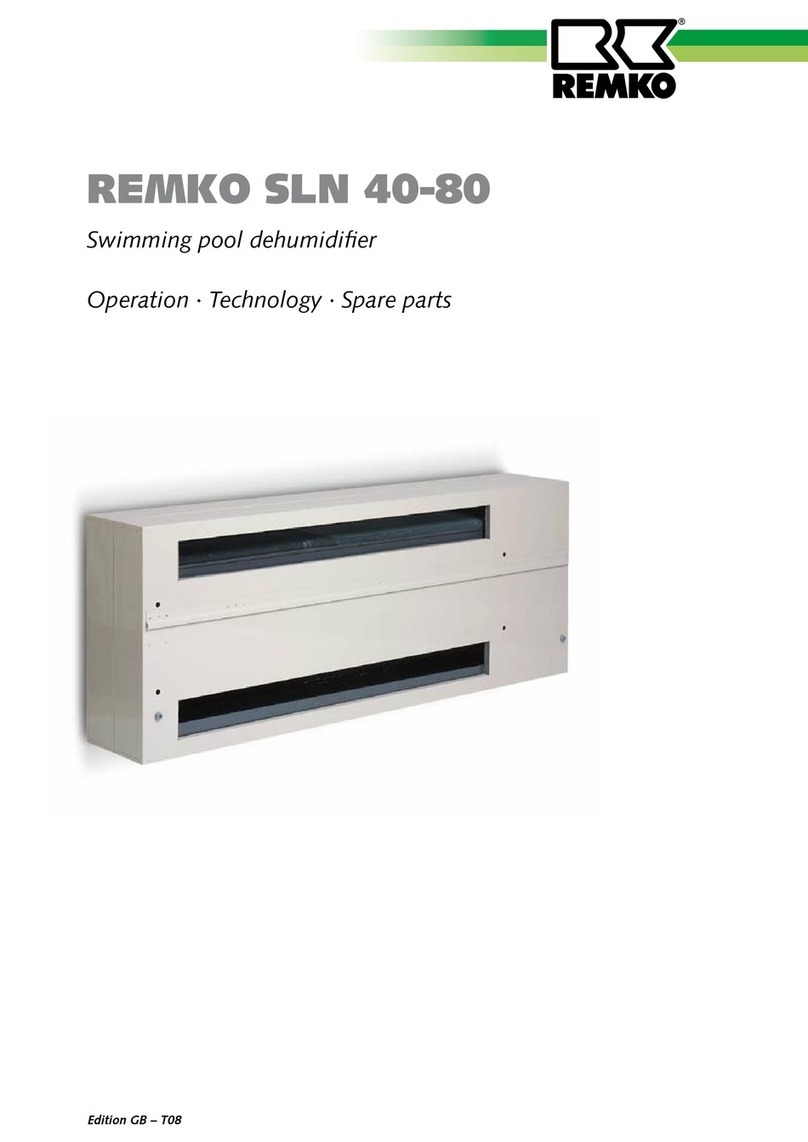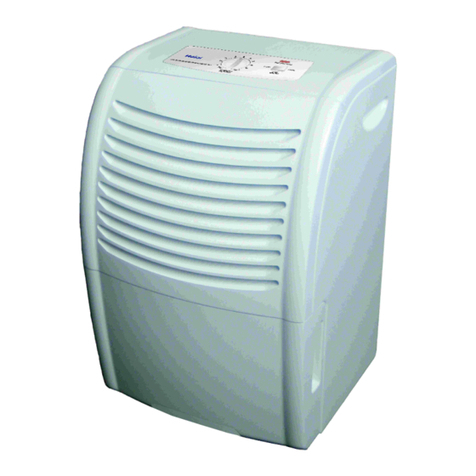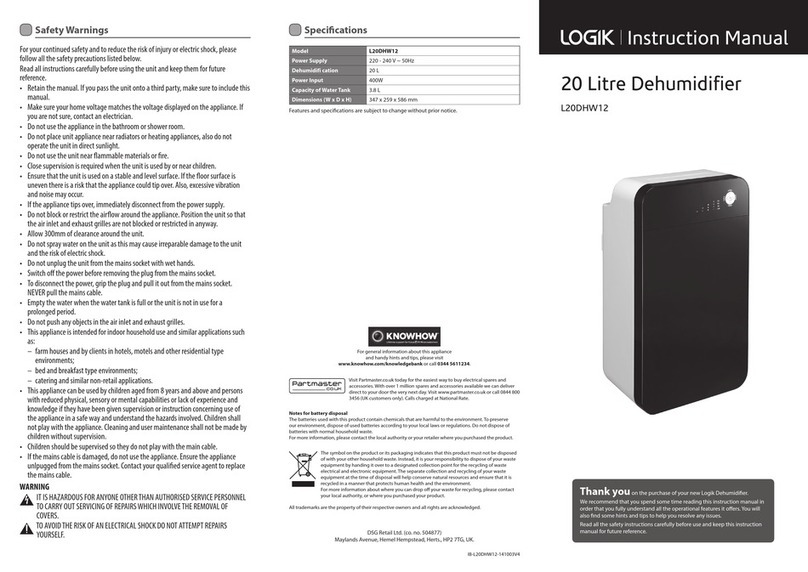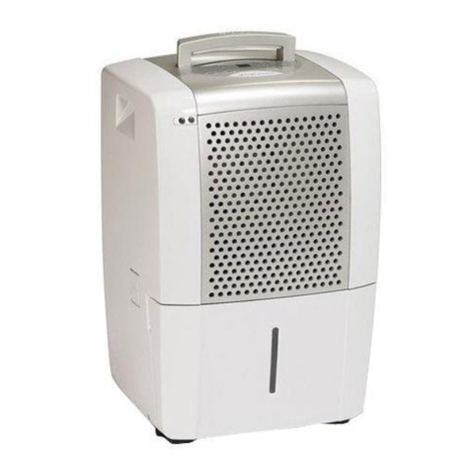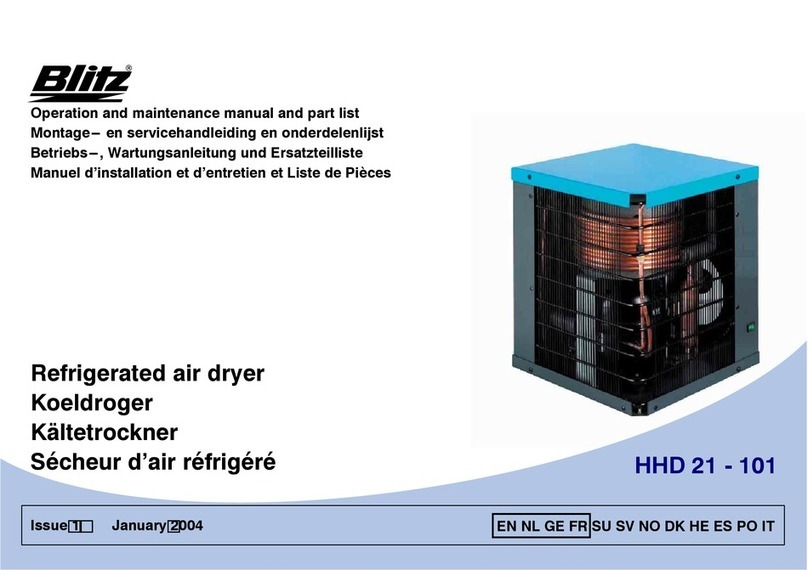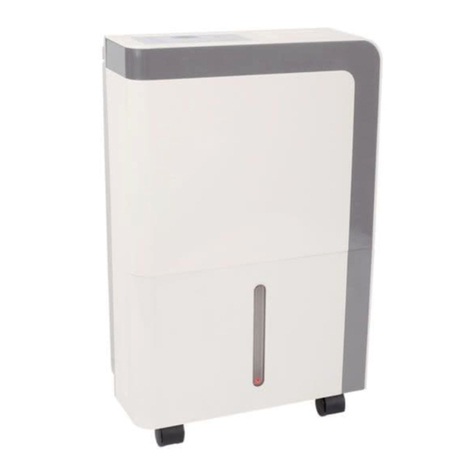Rev.A09-2017
3
5
5
5
5
5
5
6
7
8
8
9
10
10
10
11
11
11
11
12
13
13
14
15
16
17
17
18
18
18
18
19
19
19
19
20
21
23
23
24
24
25
25
26
27
28
29
29
30
31
31
32
33
35
35
37
DC,QGXVWULDO'HKXPLGL¿HUV
INDICE
1. INTRODUCTION.....................................................................................................................................................................................
1.1 Preliminary information......................................................................................................................................................
1.2Aim and content of the manual..........................................................................................................................................
1.3 How to store this manual...................................................................................................................................................
1.4 Manual Update..................................................................................................................................................................
1.5 How to use this manual .....................................................................................................................................................
1.6 Potential Risks...................................................................................................................................................................
1.7 General Description of Symbols Used...............................................................................................................................
1.8 Safety symbols used..........................................................................................................................................................
1.9 Limitations and prohibited use...........................................................................................................................................
8QLWLGHQWL¿FDWLRQ .............................................................................................................................................................
2. SAFETY .................................................................................................................................................................................................
2.1 Warning re potentially hazardous toxic substances...........................................................................................................
2.2 Refrigerant handling..........................................................................................................................................................
2.3 Prevent inhalation of high vapor concentration..................................................................................................................
2.4 Procedures to be adopted in the event of accidental release of refrigerant ......................................................................
2.5 Main Toxicological Information Regarding the Type of refrigerant used............................................................................
2.6 FirstAid Measures.............................................................................................................................................................
3. TECHNICAL CHARACTERISTICS.........................................................................................................................................................
3.1 Unit description..................................................................................................................................................................
3.2 Other versions ..................................................................................................................................................................
3.3Accessories description ....................................................................................................................................................
3.4 Technical data....................................................................................................................................................................
3.5 Operation limits..................................................................................................................................................................
3.6 Sound data........................................................................................................................................................................
3.7 Safety devices...................................................................................................................................................................
4. INSTALLATION .......................................................................................................................................................................................
4.1 General safety guidelines and and use of symbols...........................................................................................................
4.2. Health and safety Considerations.....................................................................................................................................
4.3 Personal protective equipment..........................................................................................................................................
4.4 Inspection..........................................................................................................................................................................
4.5 Storage..............................................................................................................................................................................
4.6 Unpacking..........................................................................................................................................................................
4.7 Lifting and handling............................................................................................................................................................
4.8 Location and minimum technical clearances.....................................................................................................................
4.9 Unit installation..................................................................................................................................................................
4.10 Type of installation...........................................................................................................................................................
4.11 Installation of the 90°plenum (PMBH)..............................................................................................................................
4.12 How to dismount the cabinet ...........................................................................................................................................
4.13 How to access to electronic control.................................................................................................................................
4.14 How to mount the feet (Accessory) (ZOCC)....................................................................................................................
4.15 Condensate draining connections...................................................................................................................................
+RZWRUHPRYH¿OWHUV.......................................................................................................................................................
4.17 Grille kit and case for ducted version (KGBH).................................................................................................................
4.18 Electric connections: preliminary safety information........................................................................................................
4.19 Electrical data..................................................................................................................................................................
4.20 How to connect the power supply....................................................................................................................................
4.21 Electric connections.........................................................................................................................................................
5. UNIT START UP......................................................................................................................................................................................
5.1 Preliminary checks.............................................................................................................................................................
5.2 Description of the control panel.........................................................................................................................................
5.3 Remote control panel.........................................................................................................................................................
6. USE.........................................................................................................................................................................................................
6.1 Switch the unit on..............................................................................................................................................................
6.2 Stop...................................................................................................................................................................................
